How To Attract Starlings To Garden
It's no secret that Starlings are invasive in the United States and other parts of North America. They are aggressive toward other birds and usually cause more harm than good.
We have gathered the best humane tips on how to get rid of starlings fast so you can get some rest and enjoy the nature around you.
1. Switch up the bird feed
Another step of a starling removal process would be feeding the birds that you do want to attract in your garden food that these aggressive small birds don't like.
Due to their anatomy, starlings are equipped with softer bills compared to the rest of seed eaters.
This means that they can't eat things like in-shell peanuts and sunflower (also with the shell on). To get rid of grackles and starlings, you can also feed your other birds' safflower.
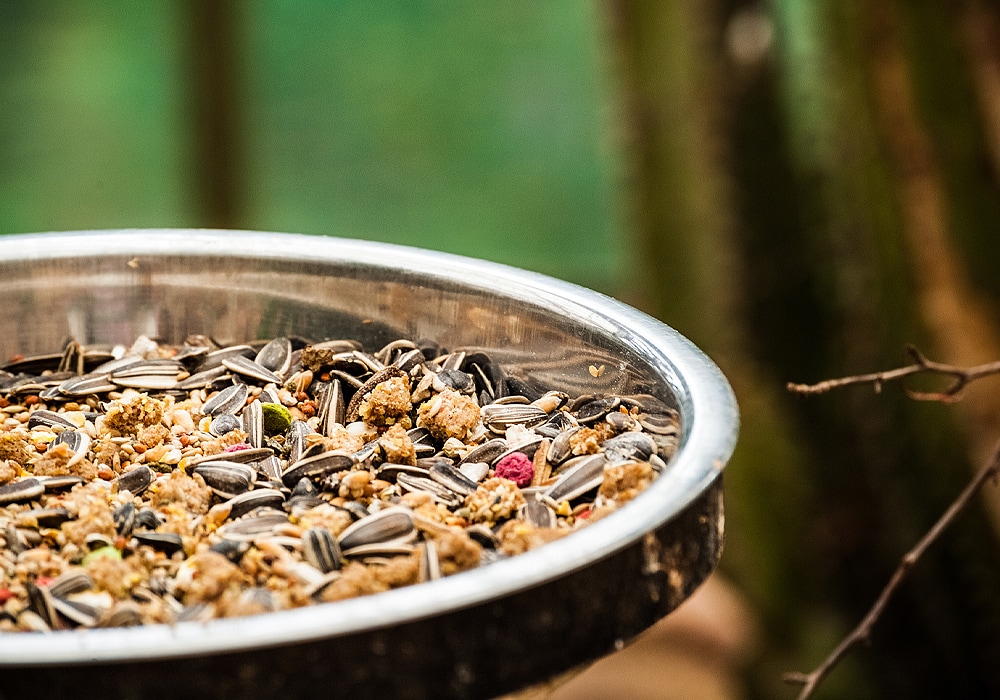
This type of food is loved by a broad range of other species, from chickadees to cardinals, but it just so happens that starlings loathe it.
If you have ever seen a starling yourself, you probably know how its beak looks. It is long and pointy, so the bird will have a particularly hard time grabbing small seeds such as nyjer.
On the other hand, nyjer is popular with finches, quail, buntings, doves, towhees, and the occasional woodpecker.
2. Use starling-proof bird feeders
How to keep starlings away from my bird feeder? That is a common question, but the truth is that rather than trying to DIY a construction around the feeder, you would be better off getting a starling proof bird feeder right off the bat.
You can, however, install an on-guard for your tube feeders and effectively turn them into starling proof feeders.
The guard should be made of wire and should allow small birds to reach inside without letting the starlings reach the seeds with their long beaks. Since this species can effectively bully birds, you could get a squirrel-proof model that comes with an adjustable baffle.
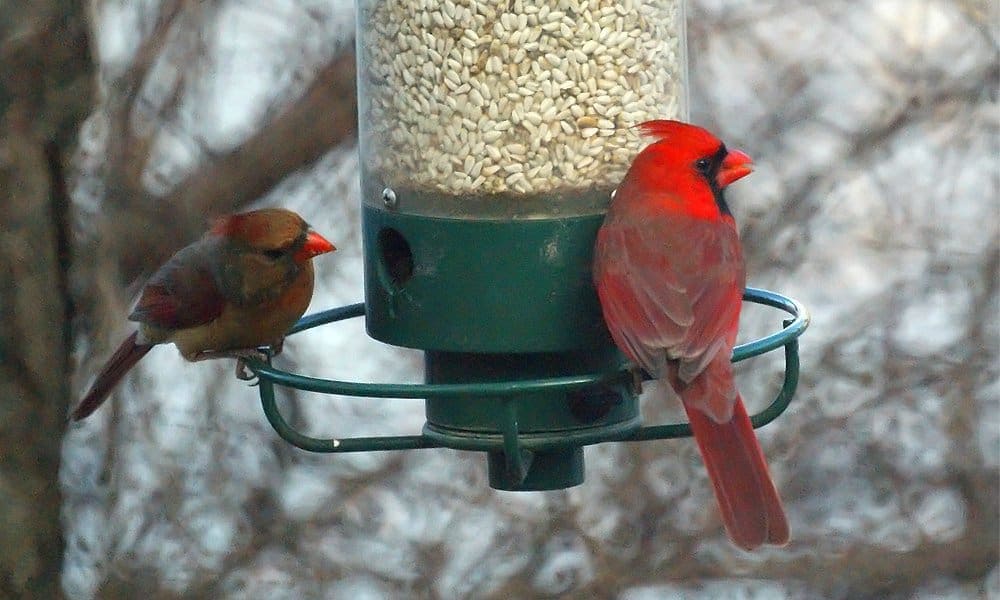
Even baby starling birds will have a hard time feeding if the guard is placed right above the holes where the seeds can be grabbed from.
Another tip on how to get rid of starlings at feeders is to build or purchase an upside-down suet feeder. Even though it is not failproof, this type of design will also make it more challenging for this invasive species to feed.
Some products come with a motorized perch ring, which automatically starts spinning when it detects a heavier weight, whether that is of a squirrel or of a bigger bird, such as a starling. If you pick this option, you will also see fewer starlings at bird feeders on your property.
3. Install spikes on starling roosting areas
Before you look for ways of attracting starling predators to your property, you should know that installing spikes on your branches, the sides of your roof, and other such places, can be quite an effective way of deterring this invasive species.
Not only will the spikes get rid of starlings birds, but they will also deter other pests, whether they are larger birds such as pigeons or even mammals such as rats and raccoons.
Most of the spike structures currently available for sale are made of stainless steel, which means that they aren't going to leave rust spots wherever you install them.
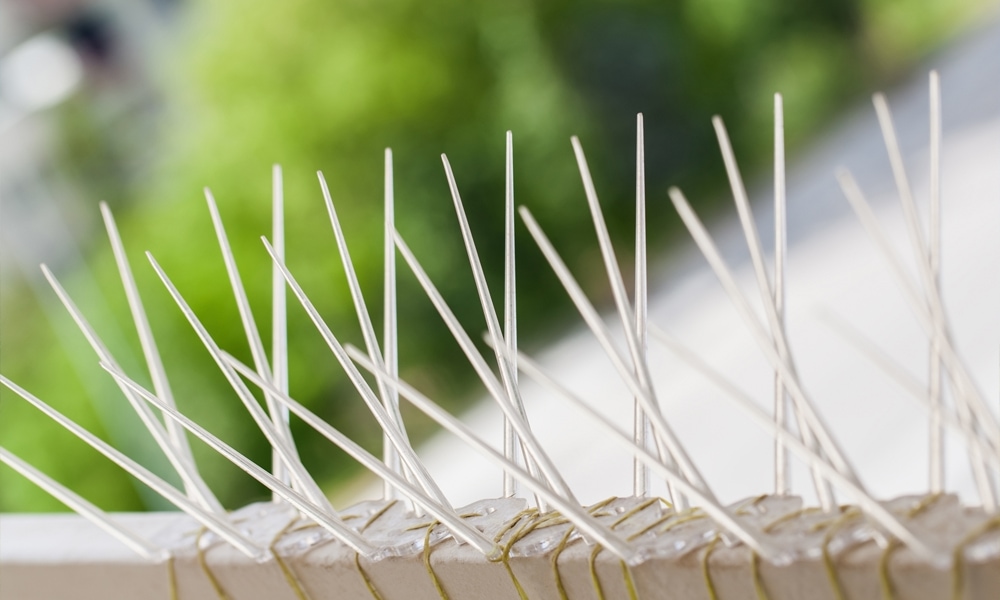
Plus, the spikes are placed so close together that even a mouse would have a hard time getting out of the labyrinth once it goes inside.
On the other hand, bird spikes have the advantage of allowing smaller birds to reach their food sources from the top. Instead of getting caught in the structure, they will simply fly through or over it and get to the seed they need.
Furthermore, most bird spikes are outfitted with adhesive tape, which means that you don't have to drill holes into your roof or the trunks of the trees you have in your orchard.
4. Try falcon bird deterrent kite
When it comes to what eats starlings, falcons and hawks are two of the major species. You can use this information to your advantage to get rid of grackles and starlings and get a falcon bird kite.
Bird deterrent kite type of product is an ingenious way to deter starlings as it resembles the physical appearance of the predator.
You could compare it to a scarecrow, but the major difference between the two is that, when installed properly, the kite effectively imitates the moves of the hawk or falcon in the air.
Such a starling repellent is safe for everyone and most of the models you will come across are designed and painted in natural colors.
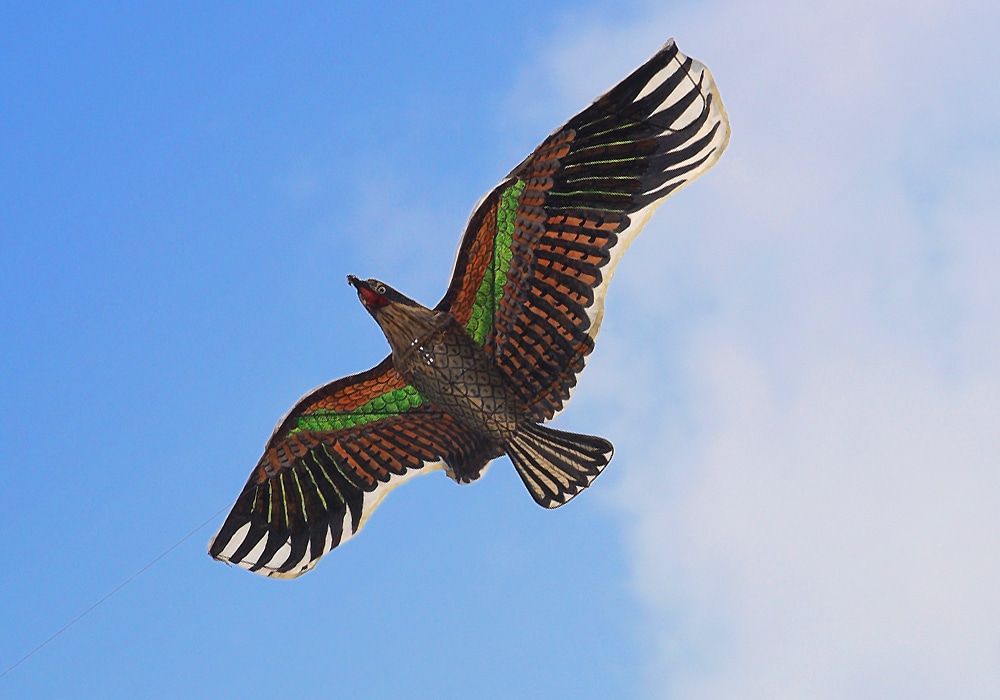
The wings and talons add to the realism of the item, so it works as a perfect decoy for your garden and orchard.
We advise you to pick the most durable falcon kite you can afford as if you want to use it no matter the season, it needs to be water and tear-resistant (to withstand heavy wind).
For the best results, you can even install several across your property. They will give you the reassurance that you'll have no starlings nesting around your home or crops.
Plus, the falcon kite can be used by the whole family for a fun day spent in the backyard.
5. Install a scarecrow
A very traditional way of getting rid of starlings is to install a scarecrow. But there's one caveat when it comes to how to keep starlings away using this method.
The black starling bird or any other subspecies, for that matter, doesn't really react to the standard scarecrows that can be found in cornfields, for example.
This means that using one that resembles a person isn't as effective as you might tend to think.
What does work, however, is to get a 'scarecrow' that looks like one of this species' predators. For example, placing an owl decoy next to a starling bird house can deter the population in a timely fashion.
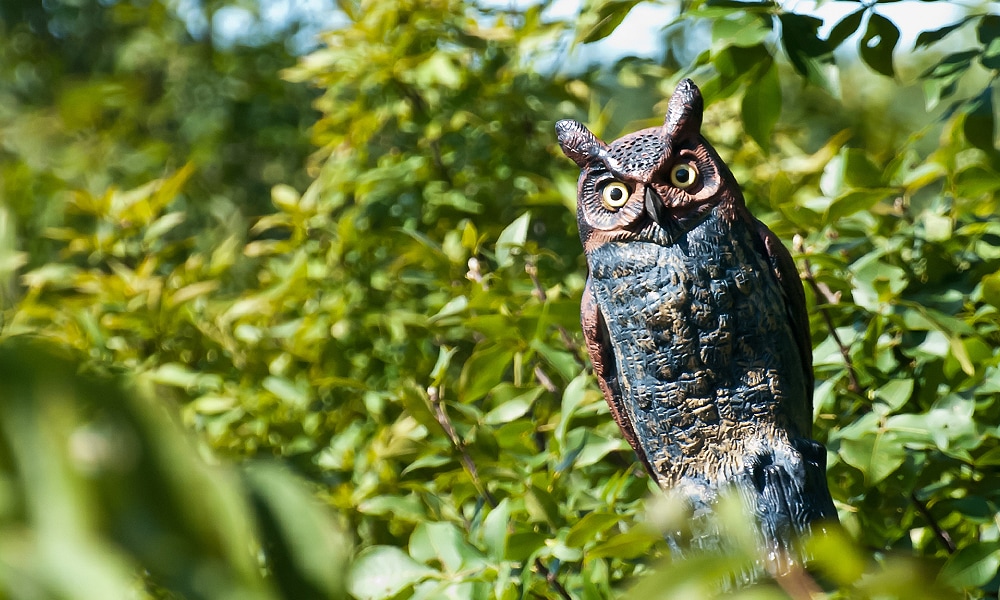
Most of the decoys that we came across offer the best results when they are combined with sounds and moves.
That's why some units are outfitted with an internal mechanism that makes the fake owl's head move as if it were a real one.
Ideally, you should look for a decoy that has a small solar panel fitted somewhere in its construction so that the battery doesn't ever run out.
Since the scarecrows that also emit predator sounds are rare, pairing them with an ultrasound bird repeller is the right way of going about things.
6. Use ultrasound starling repellent
Getting an ultrasound starling repellant can definitely help with keeping starlings away, but you do have to make sure that you set the right audio frequency for the species.
But there are several different designs out there. Some will emit a specific frequency, making the birds disoriented, confused, or downright frightened. Others might come with a variety of other sounds, not just the audio shock per se.
Keep in mind that some audio frequencies can be damaging for other species, so you might inadvertently deter them, too, not just the starlings and grackles. These repellents also have a working range.
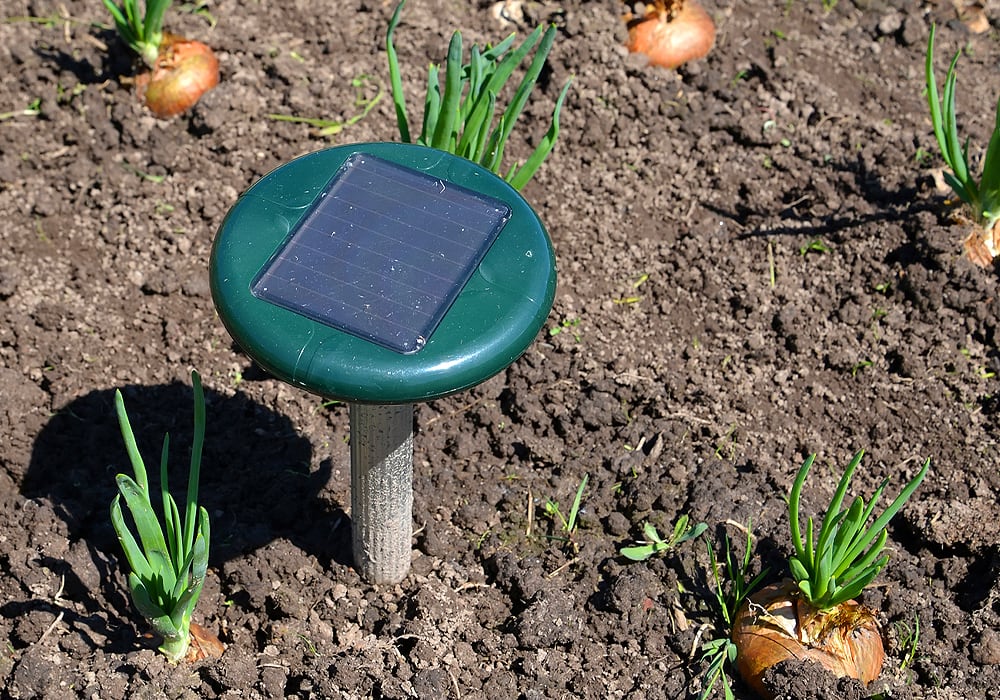
Some of the better ones can cover up to 6,500 square feet, the average models can cover up to 3,500 square feet, while the less capable (and usually more affordable ones) can cover just up to 800-900 square feet.
When it comes to how to get rid of starling birds using a repellent that doesn't boast ultrasound capabilities, you could get a unit that emits two types of sound — either a sound made by the same species (a starling distress call) or a call that one of their most common predators makes.
Falcons and hawks can catch starlings in flight, for example, but so can eagles and at night, owls. If they hear these sounds, starlings are less likely to roost or nest on your property.
7. Remove starling nesting options
Why are starlings bad and why are they so hard to get rid of?
Well, discouraging starlings can be difficult because they're cavity nesters, so you might not even notice when they've created a nest in a vent or any other small-sized opening you might have around your house.
Before even realizing it, you'll have a whole starling population on your property. Practice good starling control by making sure that you do not have any openings on your walls or around your home that are larger than 1.5 inches in diameter.
To deter these aggressive birds in the yard, orchard, or garden, even your birdhouses should have entrance holes that are smaller than 1.5 inches.

Although we wouldn't necessarily recommend this, people have the choice of starting an active starling attack on their own by removing their nests and even destroying their eggs.
If your home has any vents, open pipes, or any other holes that are larger than 1.5 inches and that could be used for nesting, cover them with tape.
You also have the option of installing mesh wire on the surface of the holes so that the starlings can't get inside and lay their eggs there.
8. Remove all food sources
As much as you might love wild birds, you should practice good starlings control if you want to keep your garden and orchard in top shape.
This species is extremely versatile and it can adapt with ease, meaning it can even end up eating your dog's food if you leave it outside.
To get rid of starlings, you should gather windfall fruits and discard them so that they can't munch on them. Cover your fruit trees with netting so that the birds have no possibility of attacking them.
Moreover, starlings can even eat compost pile scraps if they have nothing else available, which is why you should remove or cover them as best as possible.

If you don't want to stop feeding other types of birds, install a number of starling proof bird feeders, but make sure that you clean beneath them on a regular basis.
Starlings tend to live in large flocks, so if you hear just one starling bird call, it's time to act.
Remove anything that might provide them with sustenance, from cracked corn and sunflower kernels to shelled peanuts, millet, mealworms, or any other type of human food (including bread).
They can even eat suet and kitchen scraps if they have to. Remove all of these for the best results.
9. Prune trees
Whether you have decorative or fruit trees in your garden or orchard, a good way to discourage starlings would be to prune them.
Reducing branch density is the solution, in this case, as starlings are known to feel uncomfortable in areas that are more open and that could make them vulnerable to potential predators.
However, this method is not risky for a variety of other bird species that either roost on their own or in small flocks. They'll still feel safe in a pruned tree.
One thing that's worth noting about this tip is that it might not work if you only have a small population of starlings.
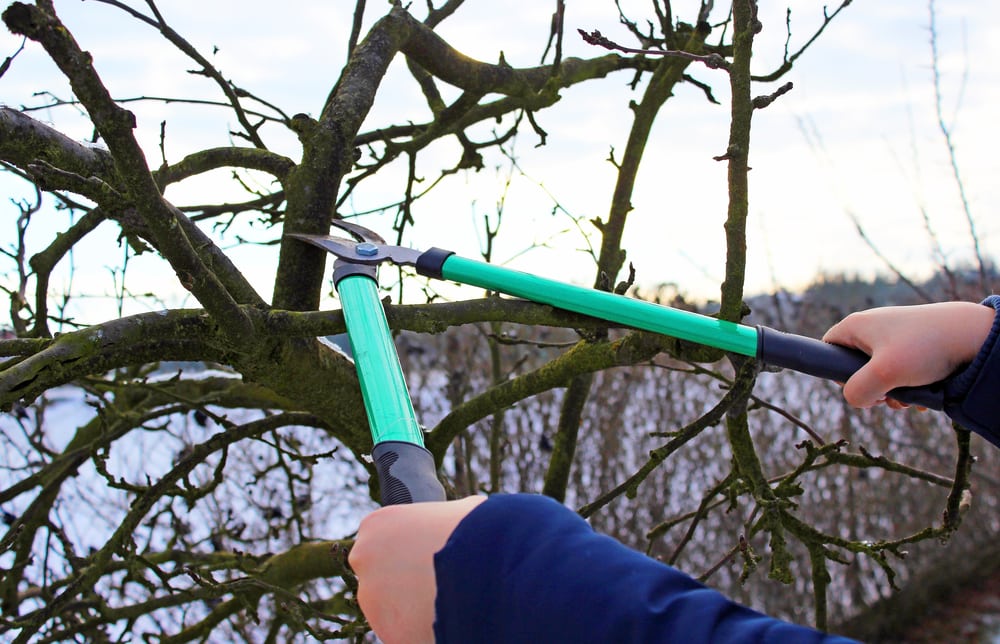
On the other hand, it's extremely effective for larger flocks as they will most likely go away on their own if they have no food available and they're supposed to look for it and roost in open space.
Furthermore, if they don't find any room for starling roosting in your trees, the birds will get creative and even try to use dense bushes and shrubs.
They will even use those for nesting if they have to, so try to prune everything at the beginning of the year, before the birds start building nests.
10. Install a motion-activated sprinkler
Another tip on how to scare starlings away would be for you to use several sprinklers across your yard or garden. They do need to be motion-activated, though, as they will start working only when they detect that a critter is in their operating range.
With this method, you'll both solve your starling problem and also make sure that your flowers and plants are watered properly, without you having to make any effort in this sense.
While the process doesn't remove any of the starlings' nestings since they're known to be cavity nesters, it will deter the adults and prevent them from creating homes across your property.
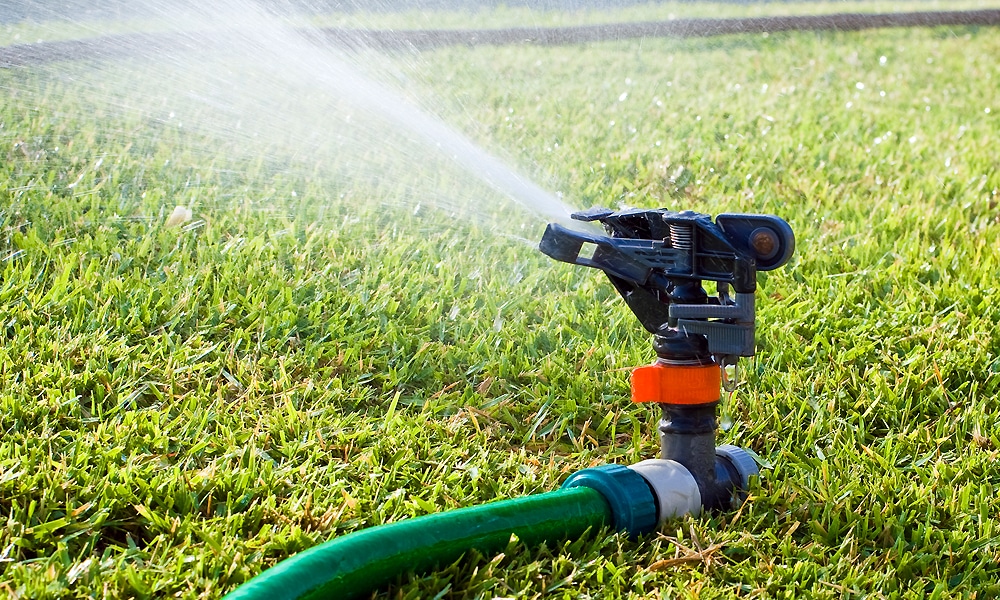
Furthermore, this option is non-toxic, so it doesn't kill the birds. There are a variety of motion-activated sprinklers available these days, all of which can help to get rid of European starlings.
Most offer 24-hour protection and they can cover up to 70-100 feet in diameter, covering over 3,000 square feet in a circle.
On top of everything, the majority of models aren't activated by strong winds, giving you peace of mind that they will be activated each time a critter ends up in their operating range. Therefore, your water bill isn't going to be significantly affected by them.
11. Test out a bird shock tape
To keep starlings away, you can also rely on bird fences and bird shock tapes. The most important benefit offered by these two starling deterrents is that they can be used near your home.
They can be installed on anything from parapets and ledges to beams, signs, your windows, and even your pipes.
We wouldn't recommend setting them up on your starling proof suet feeder, though, as there's no way of knowing whether they aren't going to deter other bird species, too.
Most shock tapes are peel and stick, so they can be easily attached to the structure of your choice. They emit a shock that makes the birds fly away and fast.
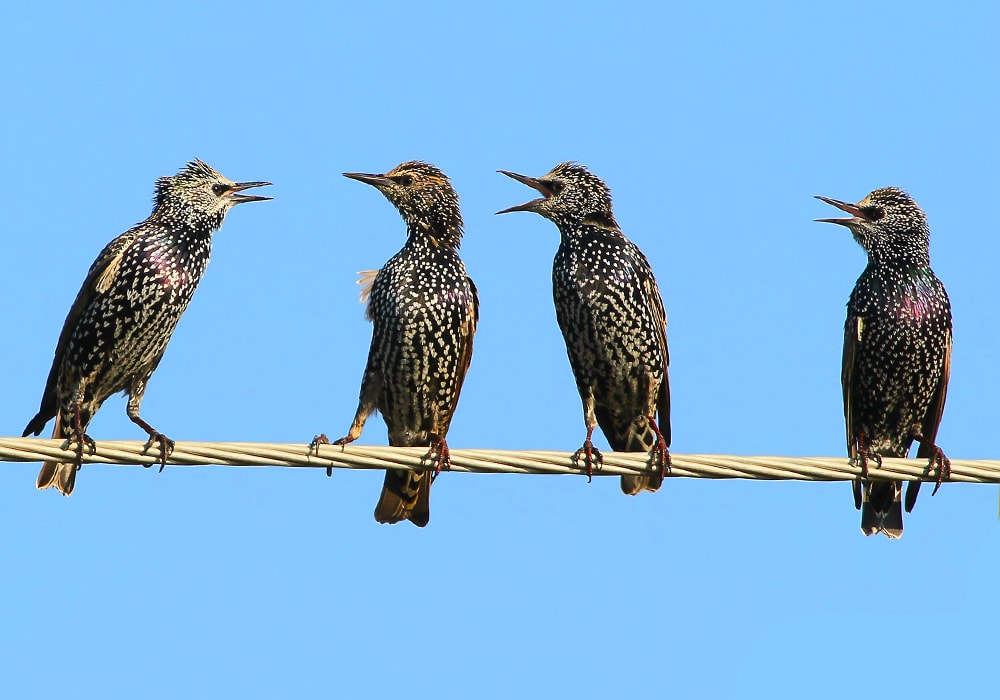
If you have fruit trees or fruit bushes in your garden and you want to protect them against birds, whether starlings, blackbirds, pigeons, gulls, or crows, you'll be happy to know that you can use bird shock tape on PVC pipes, too, for electrical perches for grapes and berries.
You can even prevent the birds from making a starlings nest on your taller trees if you attach the tape using plastic ties.
As for the power source of the tape, you can either use a solar charger or a standard bird shock charger. Plus, the shock tape is usually clear, so the birds can't see it from a distance.
12. Install a wire mesh
Another tip on how to get rid of starlings is to use wire mesh to cover your fruit trees and the rest of your crops.
If you've recently become the owner of a farm, this might not be something you might know, but wire mesh is extremely effective, especially when it comes to deterring a variety of critters, from opossums and raccoons to gophers and starling birds.
European and American starlings rely on insects as a part of their diet, so if you were to use mesh and an insecticide or some other kind of pest control, you'd get rid of the flocks of starlings in no time.

Installing wire mesh can also be done on your starling proof suet feeders, especially if it has slightly bigger holes that will allow smaller birds to eat it.
The ideal starling deterrent mesh is galvanized and rust-proof so that it doesn't leave any marks wherever you choose to install it.
As basic as it might seem, wire mesh can help you protect your vegetables and flower beds against rodents, which can feed on their plant parts or even their roots.
It will ensure that the latter or the rhizomes or bulbs of any other crops are kept safe from tunneling animals, too.
13. Trap and release
For most people who love nature, killing starlings is not the solution to their starlings' problem, no matter the amount of damage they might do.
Moreover, in some states, this can be illegal, so we don't recommend trying to get rid of starlings by decimating the population.
However, you can use starling trapping, especially if you haven't noticed more than several such birds on your property. The method isn't failproof and it doesn't work if there is a large flock living around your home or farm.
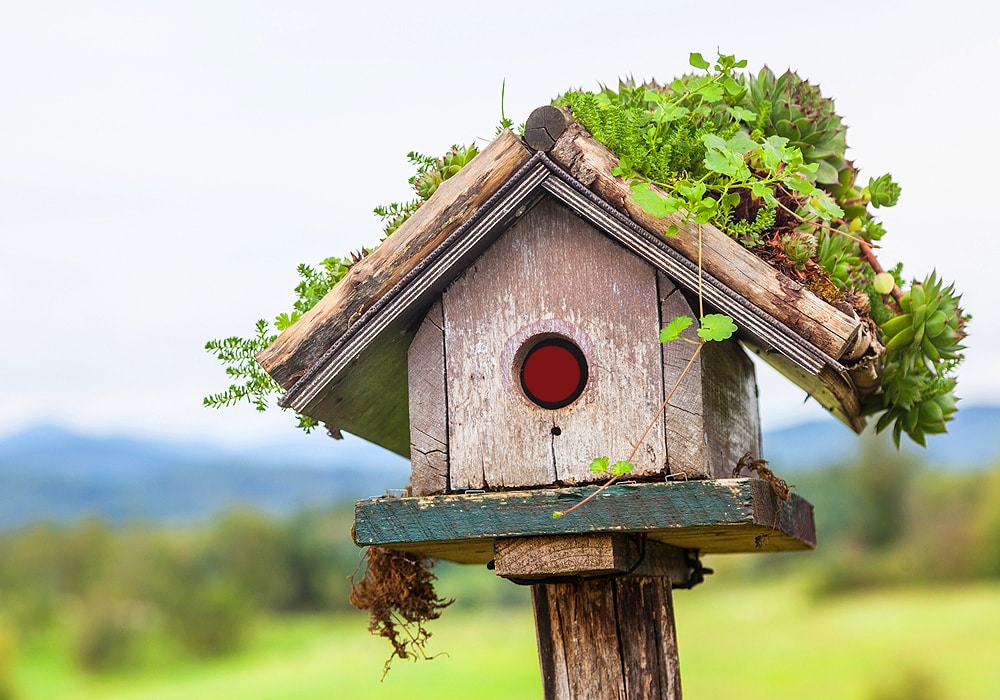
Besides, using a humane starling trap can make matters complicated for you since you also have to dispose of the bird later on, preferably in an area located at a significant distance from its flock.
A typical bird trap made for starlings, sparrows, small woodpeckers, bluebirds, and a variety of other species, works thanks to an inner spring-loaded mechanism.
Whenever a bird gets inside, the door will automatically close. If you check the trap every day, you'll hear a starling noise that will tell you that it's time to get rid of the bird somewhere other than your property.
To remove the bird from the inside of the trap, you usually have to release the bottom and capture it into a bag.
14. Scare starlings with reflection
Relying on a bird repellent scare tape is another way to keep starlings away, but it's not the best when it comes to getting rid of starlings at bird feeders as the product deters all bird species without making a difference between starlings and any other.
However, fruit trees and plants can be adequately protected using this method, and the neat thing about most reflective tapes is that they can be conveniently attached to any surface.
You can set them up on railings, decks, garden fences, and even on the fruit trees themselves.

Furthermore, most reflective tapes out there are metallic and thick, so even if the birds do end up touching them, they will emit a slight noise deterrent that can scare them away.
With this method, you aren't going to be seeing any starling birdhouse or hearing any starling sounds on your property.
Not only will this type of product teach you how to get rid of starlings from feeders for other species, but it will do the same for geese, gawks, squirrels, seagulls, pigeons, and even woodpeckers and raccoons.
Needless to say, a bird repellent scare tape can be a lifesaver for a farmer, especially one that lives off their crops.
15. Call a professional
If you don't want to deal with any hassle involving the presence of starling bird houses on your property, seeing starlings roosting in your trees, or even hearing any starling bird sounds, using the services of a professional will save you a lot of time and effort.
If you have tried all of the methods that we have mentioned in the article to get rid of the starlings' invasive bird species, the chances are that at least one of them might have worked.
On the other hand, if you have a large flock on your property, it's also possible that none of them could be effective.
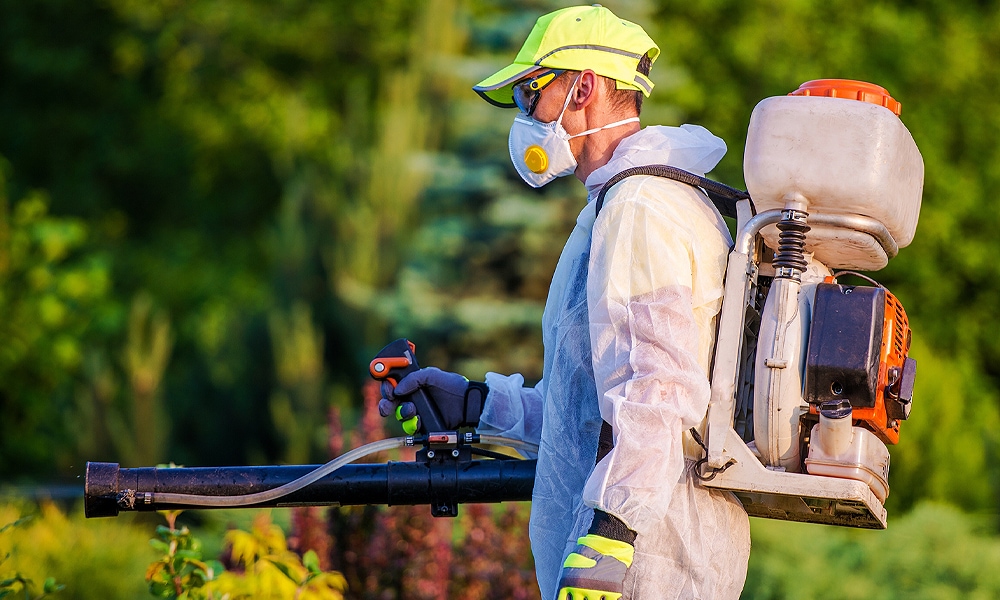
Critter control services can use the method that you prefer.
Some can decimate the birds using specific substances, but if you would rather go for a no-kill option, you can ask them to trap and remove them far away from your home or farm.
Plus, a professional can give you valuable pieces of advice for handling a potential invasion in the future, especially if you have nooks and crannies in your house design where the birds might tend to nest.
Critter control services can also tell you what the right starling exclusion method is for your type of property.
Related:
- 15 Tips on How to Keep Birds Away [Humanely]
- 15 Tips on How to Get Rid of Barn Swallows [Humanely]
- 15 Tips on How to Get Rid of Grackles Fast [Humanely]
How To Attract Starlings To Garden
Source: https://worldbirds.com/how-to-get-rid-of-starlings/
Posted by: balfourwatiod.blogspot.com

0 Response to "How To Attract Starlings To Garden"
Post a Comment